A lot of visitors skip ryokans. Maybe they’re not sure what they’re about, or the price seems a bit high. But this is a classic Japanese experience you don’t want to miss. Because I’m always blown away by the level of hospitality you get in a ryokan. In such a beautiful traditional setting. With such good food. And outside hot baths – onsen. The list of things I love about ryokan is too long and you’re not here to read a love letter, so let’s jump into this article.
What Is a Ryokan? A Little Bit of History
A ryokan is essentially a traditional Japanese inn. Think of it like a step back in time, a chance to see the traditional and authentic Japan. These places have been the backbone of Japanese accommodation for hundreds of years.
The Japanese ryokan originated in the Nara Period (710-784) with ‘fuseya,’ rest houses established by Buddhist monks to aid travelers. Over time, these evolved into various lodgings like ‘shukubō‘ (temple lodgings) and ‘hatago‘ inns, which catered to merchants and travelers during the Edo Period (1603 to 1868), forming the basis of modern ryokans.
In the Meiji Era (1868 to 1912), the spread of railways led to the growth of ryokans near stations and tourist spots. Post-war economic growth further expanded their presence, and today, ryokans remain popular, offering a perfect mix of traditional Japanese hospitality and modern comforts to both locals and international visitors.

Ryokans feature traditional Japanese elements like tatami rooms, futon beds, shoji doors, local cuisine, yukata (a casual kimono for summer or indoor wear), and public baths.
A night in a ryokan is often more expensive than a typical hotel (starting at around ¥40,000, with average ones costing around ¥80,000, and luxury ryokans much more). However, it’s not a place to just sleep and recharge from your experiences exploring Japan, as a regular hotel might be. The ryokan itself is the experience.
Because staying in a Ryokan is really about slow living. There’s an emphasis on simplicity and tranquillity, and a level of hospitality that goes above and beyond what you’d normally expect. Guests usually stay one night for this experience, maybe two if budget allows and there are things to do in the area.
Although you might picture a traditional wooden Japanese house when you think of a ryokan (and you’d be right, many are like that), modern ryokans can also resemble large hotels with hundreds of rooms. These larger facilities are often more affordable but may lack the cozy atmosphere of smaller ryokans.
Locals like them for their affordability, while still offering a great experience. They’re an easy escape from the city to spend a weekend with friends or a partner.
But for international tourists visiting Japan, I’d recommend staying in a more traditional ryokan. The ‘traditional wooden Japanese house’ kind I just mentioned. So in this article, I’m focusing primarily on the smaller ryokans (less than 10-15 rooms), housed in traditional buildings.
The Different Types of Ryokan
There’s a fair bit of choice when it comes to ryokans, and the atmosphere will largely depend on where it is located:
- You’ve got your city ryokans, perfect for those who want to dip their toes in the tradition while still staying in the city. These places usually have a more modern twist, blending the traditional with the contemporary. For example, Hoshinoya Tokyo (luxury ryokan, and a dream for all modern ryokan lovers).
- Then there are ryokans located in onsen (hot spring) towns. They are often found in the countryside, near natural hot springs that feed the communal and private baths or the surrounding ryokans. These are your go-to places if you’re after a spot of relaxation. Kusatsu, Hakone, or Kinosaki are famous onsen towns with tons of ryokans.
- And finally, there are the countryside ryokans, for those wanting to see the Japanese countryside (and you absolutely should, it’s beautiful). These places are often found in small towns or rural areas, surrounded by nature, and offer an experience that’s as traditional as it gets. For an authentic experience, this is what I would recommend.
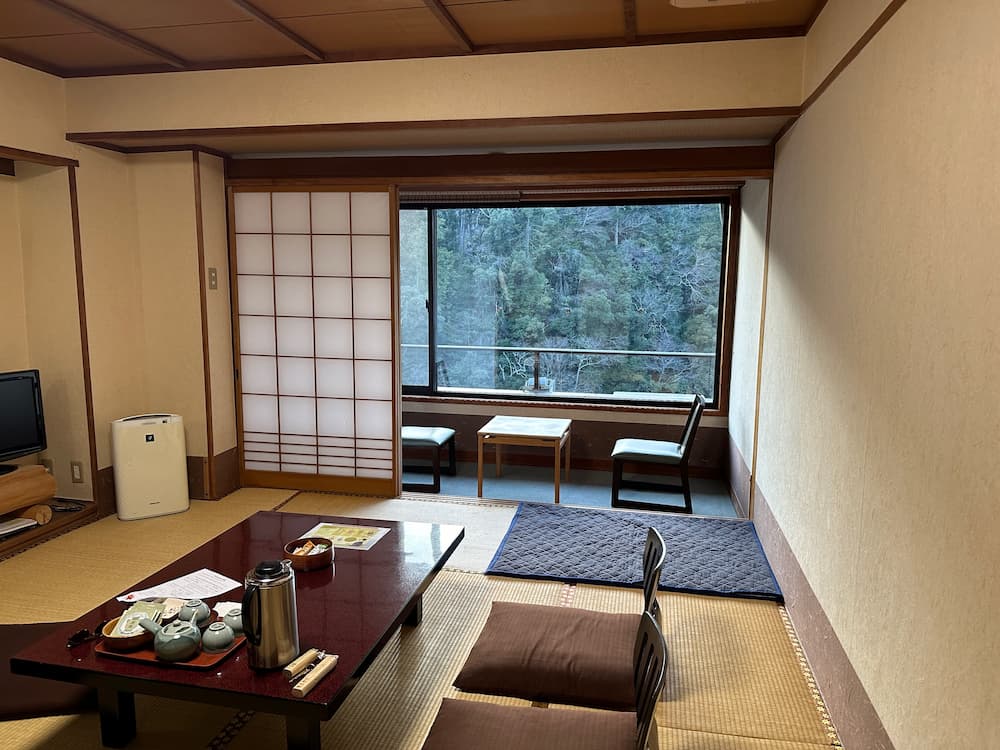
Each type of ryokan has its charm, and the final choice will depend on your taste and priorities.
- A ryokan in the city will be more expensive and might look more like a hotel, but will offer unmatched accessibility.
- Onsen towns are great to visit, and onsen is one of the best things about Japan.
- And a ryokan in the countryside will require some travel time to get there, but will offer the most traditional experience on top of waking up with a beautiful view of nature.
What to Consider When Choosing a Ryokan
Alright, now we’ve covered the basics, let’s see how to pick the right one for you.
Key Factors
With a myriad of options available, it can feel like trying to find a needle in a haystack, but ultimately here are the main factors to consider:
- Location:
Want to wake up to the sounds of nature in the countryside or prefer the bright lights and easy metro access of the city? As mentioned in the previous section, preference will dictate the type of ryokan you should be considering. I’d recommend trying a countryside ryokan as it will offer the most traditional experience, and let you see some Japanese nature which is harder to find in Tokyo or Kyoto. And by countryside ryokan, I mean one or two hour from the big cities – no need to travel to the far-end of Japan if it is not on your itinerary. - Pricetag:
Ryokans range from budget-friendly to wallet-killer. The most expensive ryokans will be the most beautiful, with the highest service quality, and usually great location. Set your budget before you start looking to know what you’ll be able to afford. Note that ryokans include two meals (breakfast and dinner) at the same level as mid to high-end restaurants in their price, so factor that in your budget. - Amenities:
Some ryokans are traditional in every sense, offering the bare essentials, while others are more like modern hotels with free Wi-Fi, en-suite bathrooms, and TV. Make a list of what’s non-negotiable for you. Travelling back in time by staying in an old-school ryokan in the countryside can sound like a good idea… But you might find it boring in the end if you can’t live without digital entertainment and high-speed internet connection. Or the best time of your life if you’re comfortable without that. Depends on your preferences. - Mealtime:
The food at a traditional ryokan is often a highlight. You can usually expect a multi-course dinner and a Japanese-style breakfast. Some places offer the choice between Western and Japanese breakfasts. If you have any culinary restrictions, make sure to communicate this to the ryokan in advance (before booking ideally if nothing is indicated on the booking page). Often, they’ll be able to accommodate your needs. - Onsen Availability:
If you want to try hot spring baths, make sure to choose a ryokan with onsen facilities. Not all ryokans offer this, particularly cheaper ones in cities. Some ryokans offer outside bath with an amazing view over the surrounding nature. These are my personal favorites. Also, note that you have to be naked in communal onsen. No swimsuit allowed.
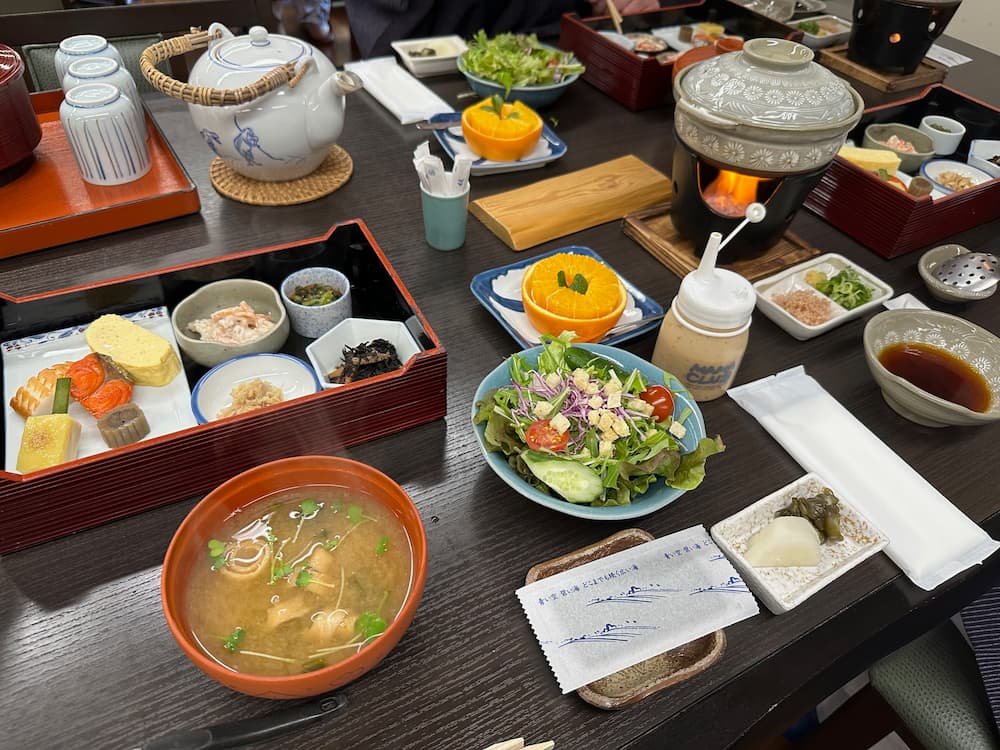
Room Types: Traditional vs Modern
In terms of rooms, you’ve got a couple of options:
- Traditional rooms come with tatami mat flooring, futon beds, and a low table for meals. These are the most common types of rooms.
- Then, there are more modern rooms, sometimes with Western beds and furniture, that still retain a Japanese aesthetic. They’re usually found in bigger hotel-like ryokans or modern city ryokans.
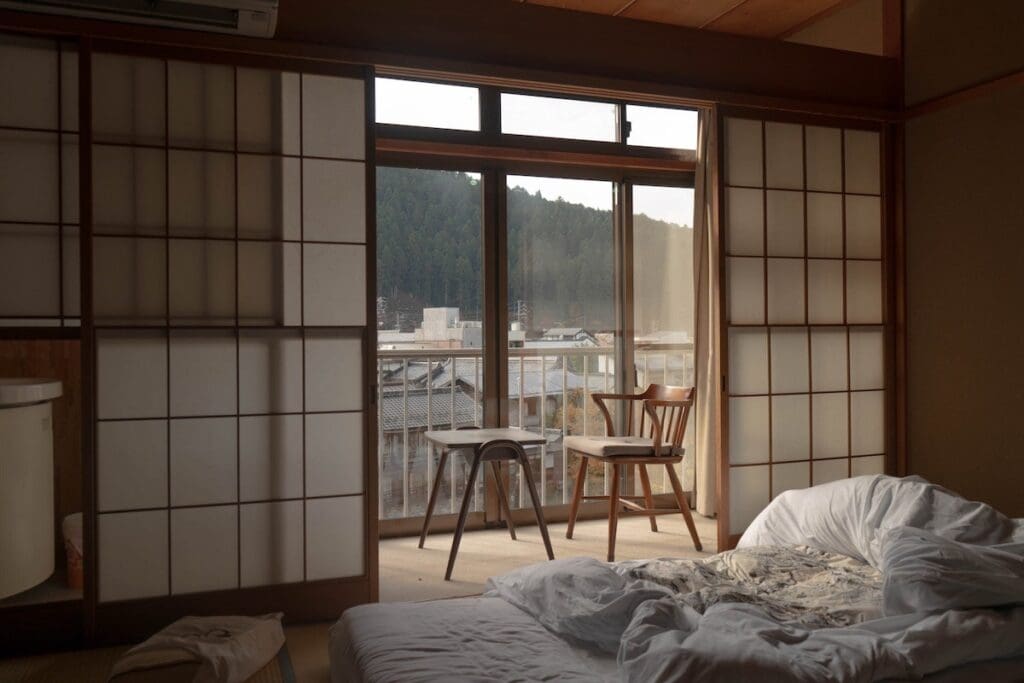
And size? It can vary. Some rooms are compact, perfect for solo travelers or couples, while others are more spacious, accommodating families or larger groups. Since the futon where you’ll sleep are usually rolled and in a closet upon arrival, if you choose a ryokan with a large room you will probably think the room feels empty. Don’t worry, this is normal. Once the futon are prepared (usually by the staff while you’re getting dinner), the room will feel fuller.
How to Find and Book a Ryokan
There are various platforms where you can find and book your ideal ryokan, from global giants like booking.com and Agoda to Japan-focused sites like Japanican and Rakuten Travel.
In terms of cancellation policy, generally ryokans work the same way as hotel. Make sure you check that before booking just in case. booking, keep an eye on the cancellation policies. Some ryokans are strict with changes and cancellations. After all, it’s not just a place to sleep, it’s an experience, and they are preparing for your stay well in advance.
In the end, choosing a ryokan comes down to what you’re looking for in your stay. Don’t rush your choice – take your time, check your options, and you’re sure to find a ryokan you will like. Just remember again that a ryokan is not just a place to sleep, but an experience in and out of itself.
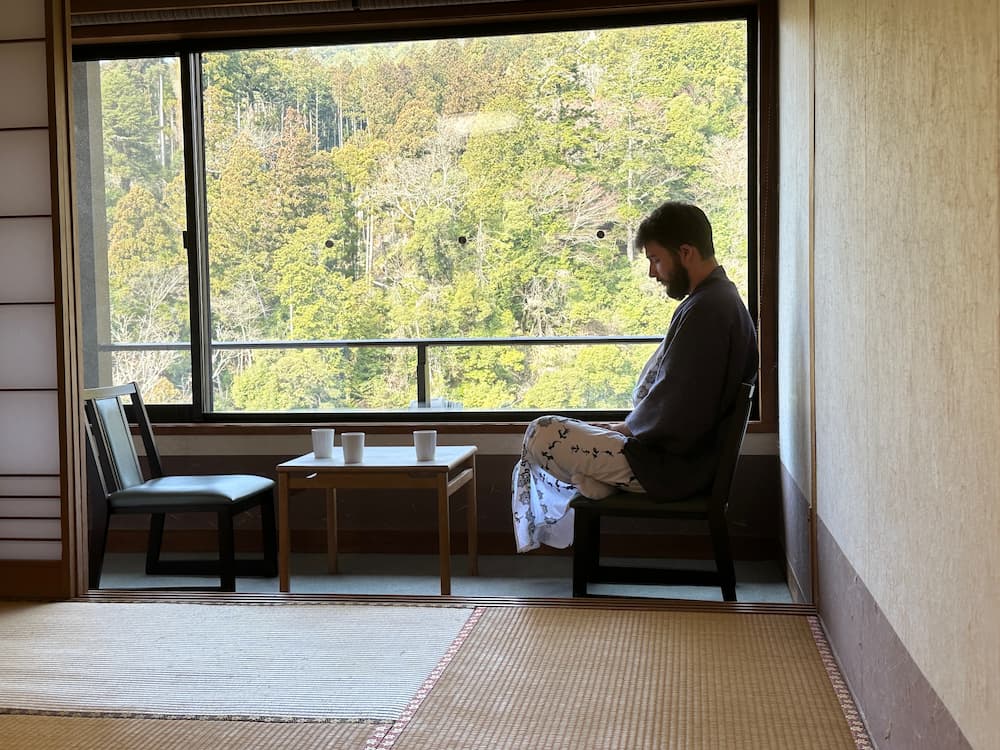
The Ryokan Rundown: What to Expect
Alright, you’ve chosen your ryokan – great job! Now, let’s run through what you can expect when you step foot into this unique slice of Japanese culture.
The Arrival
Once you arrive, you’ll be greeted with a bow and an “irasshaimase” (welcome). Check-in is usually at a low desk in the lobby. You’ll be asked to take off your shoes at the entrance (don’t worry, they’ll keep them safe for you), and you’ll be provided with slippers.
Room with a View
Ryokan rooms typically have a minimalist charm. You’ll find tatami mat floors, shoji (sliding paper doors), and maybe a tokonoma (an alcove for displaying art). The centerpiece is a low table where meals are served if you’re dining in-room.

In terms of the layout, your room will likely change from day to night. During the day, it’s a living space with the low table at the center. At night, while you’re at dinner, staff will transform the room, moving the table aside and setting up your futon bed on the tatami floor.
The Ryokan Uniform
When you arrive in your room, the staff will show your neatly folded yukata. Yukata are similar to kimono, but are lighter and designed for indoor wear. The set includes the traditional robe, an obi (a thick belt), a jacket for colder months, and sometimes socks.

Wearing yukata is optional, so you’re welcome to stay in your usual clothes if you prefer. However, almost everyone wears them around the ryokan, so there’s no need to worry about looking out of place or concerns over cultural appropriation. You can wear your yukata at dinner, breakfast, and when going to the communal bath (in fact, “yukata” is written 浴衣 in Japanese, with the first kanji character meaning “bathing” and the second one “clothes”), or simply when relaxing around the ryokan.
Futon 101
Speaking of futon, let’s talk bedding. A Japanese futon is a thin mattress laid out on the tatami floor, topped with a fluffy, duvet-like covering. If you’ve never slept on a futon or even seen one, at first you might be surprised by how thin it is (and western futon tends to be thicker). But don’t worry though, many find sleeping on a futon surprisingly comfortable (I’ve yet to heard anybody finding a futon uncomfortable after spending a night on it).
Ryokan Cuisine
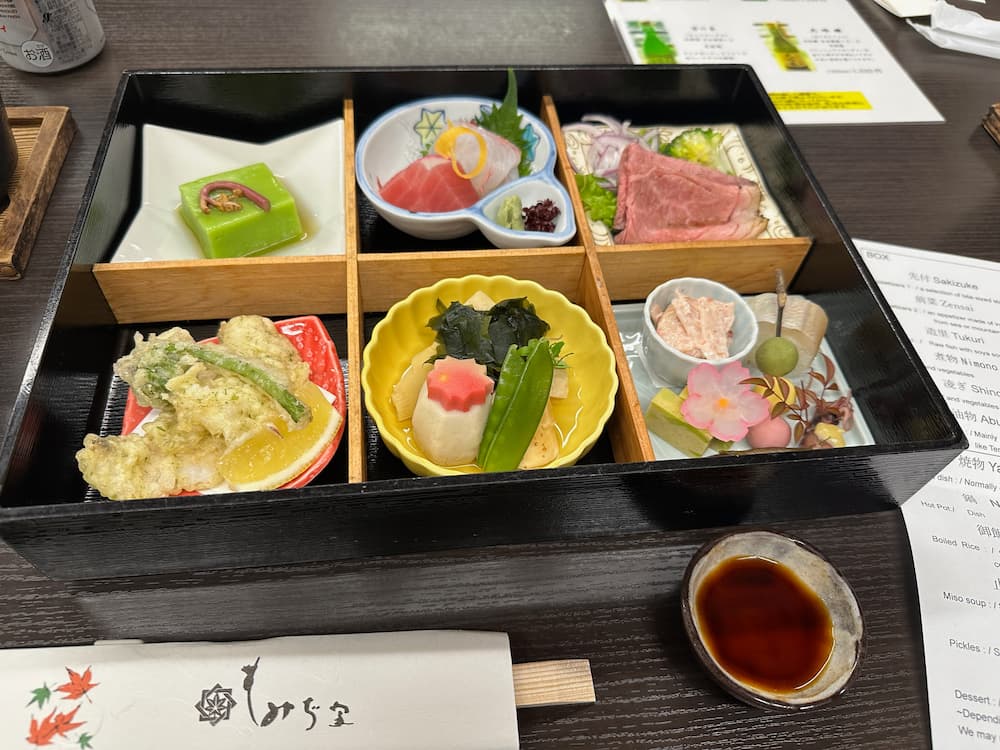
One of the highlights of a ryokan stay is the food. Dinner is often kaiseki-style, a traditional multi-course meal showcasing seasonal and local ingredients. It’s a feast not just for your stomach, but your eyes too. Breakfast is typically Japanese-style with rice, fish, miso soup, and pickled veggies.
Onsen Etiquette
If your ryokan has an onsen (hot spring bath), there are a few rules to keep in mind. First, you’ll need to wash before entering the bath – it’s a communal space, so the water there is not to wash yourself but to relax in it. Use the showers located at the entrance of the communal bath(s) to wash yourself.
Also, onsens are enjoyed naked. Don’t worry though, they’re not mixed. If you’re shy, some ryokans offer private onsens or ‘kashikiri‘ that you can rent.
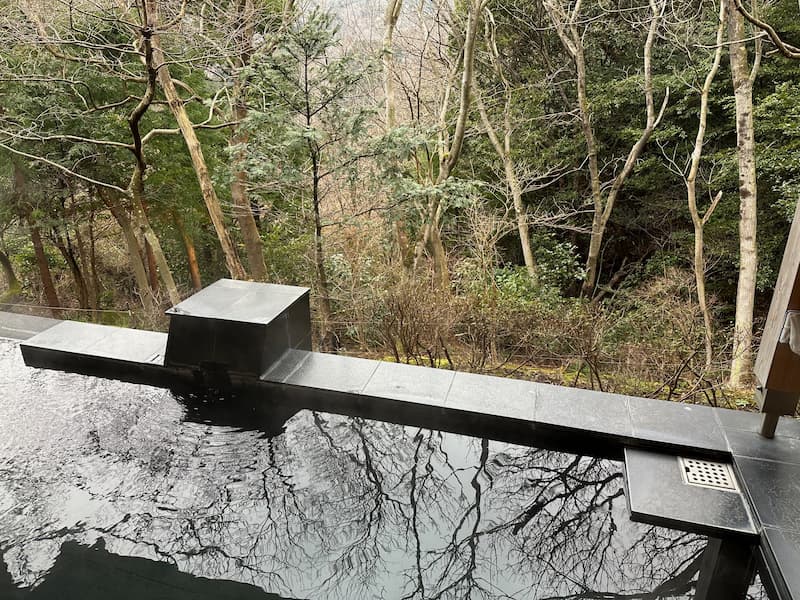
Ryokan Recommendations: Where to Stay
Alright, time for some recommendations. Check these out for an unforgettable ryokan experience:
Tokyo: Hoshinoya Tokyo
Hoshinoya is a renowned chain of luxury ryokan in Japan, with locations in eight different spots around the country. Each ryokan is beautifully designed, with impeccable service to match. While they operate more like high-end hotels than traditional, family-run ryokan, Hoshinoya is a must for anyone who loves luxury stays.
Their Tokyo ryokan has the best access and is absolutely stunning, combining traditional Japanese elements with a modern twist. If it’s within your budget, consider staying here for your entire Tokyo trip. You won’t regret it. You can book directly on their platform (as far as I know, typical hotel booking websites don’t sell Hoshinoya ryokan).
Kyoto: Tawaraya Ryokan
Step back in time at Tawaraya Ryokan, an establishment that’s been serving travelers for over 300 years. It’s renowned for impeccable service, exquisite cuisine, and a serene atmosphere. The location is a real winner too – just a short stroll from downtown Kyoto. Book it on booking.com.
Hakone: Hakone Ginyu
For an onsen experience to die for, make a beeline for Hakone Ginyu. This ryokan features rooms with private open-air baths overlooking the stunning mountainous scenery of Hakone. It’s the perfect place to unwind after a day of sightseeing. Book it on Agoda.
Kanazawa: Motoyu Ishiya
If you’re looking to explore the historic city of Kanazawa, Motoyu Ishiya is your ryokan of choice. With a homely vibe and a delightful on-site onsen, it delivers a uniquely personal and relaxing experience. Book it on booking.com.
Takayama: Wanosato
Wanosato is an 160-year-old ryokan set in the picturesque countryside of Takayama. With only eight rooms, it offers an intimate experience, complete with kaiseki dinners featuring locally sourced ingredients. Book it on booking.com.
These are just some quick recommendations but there are countless ryokans in Japan. I’d recommend you research according to your budget first as this will be the most important factor for booking. Amongst those available, select the ones that look the most attractive to you, have the amenities you’re looking for, and have good reviews.
Final Recommendations: Dive into the Ryokan Experience
There you have it. I’d definitely recommend you try staying one night in a ryokan during your trip (again, if your budget allows). Finding yourself in these Japanese auberges, with tatami floor, sliding doors, low tables, futons, and onsen, is really something special that will really make you go like “Wow, I’m in Japan”.
FAQ: Your Ryokan Questions, Answered
Still got questions? Let’s tackle a few of the most common ryokan-related queries:
- Can I wear my yukata outside my room?
Absolutely. Feel free to stroll around the ryokan premises in your yukata. Some people even wear them out to local festivals or to grab a bite nearby. - Can vegetarians/vegans enjoy kaiseki cuisine at ryokans?
Yes, but make sure to notify the ryokan in advance about your dietary restrictions. They can prepare a vegetarian or vegan-friendly kaiseki meal. - Are tattoos allowed in onsen baths?
In many places, tattoos are still associated with Yakuza, Japan’s organized crime syndicate, and are often not permitted in public onsen. However, many modern ryokans are relaxing these rules or provide private onsen facilities. Confirm this in advance with the ryokan you’re looking to book. - What if I don’t speak Japanese?
While it’s true that not all ryokan staff will be fluent in English, many ryokans in popular tourist areas are accustomed to foreign guests and can communicate effectively. They also often have documentation (like onsen rules, dinner, breakfast, and checkout times, etc) in English that they will provide you upon arrival or that you will find in your room. - Are ryokans kid-friendly?
Definitely. Staying at a ryokan can be a fun experience for kids (tatami floors are usually popular with kids, as well as sleeping in a futon next to everybody). Just bear in mind that the quiet atmosphere of some ryokans might not be suitable for very young or energetic children.
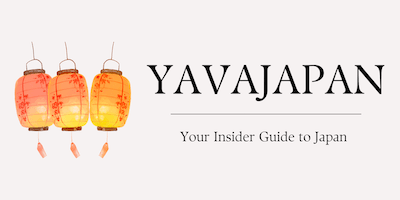
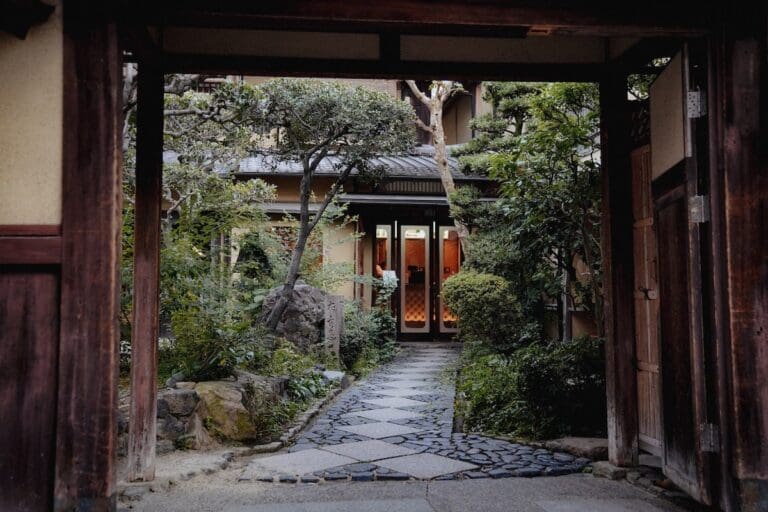
Comments are closed.